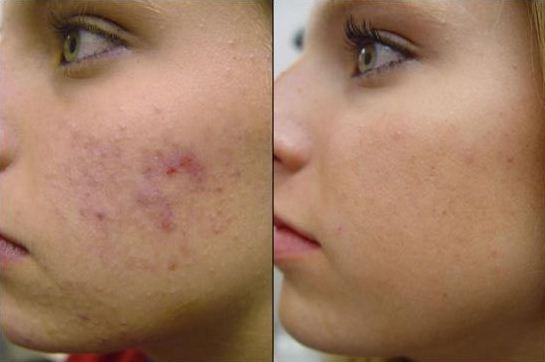Many of us have small scars from cuts or burns, or even
larger scars from surgery. But there are plenty of treatment options to promote
healthy healing, writes Bonnie Vaughan
Whether caused by injury, surgery, burns or serious acne,
scars happen — all the time. Scarring is part of the healing process as
collagen speeds to the trauma site to repair the damaged tissue and close the
wound. Genetics, age, gender and the location of the injury site all play a
part in any scar’s ultimate appearance.
Not all scars are created equal, however, and the type of
scar you have determines the treatment options available. We spoke to two
experts to break it all down.
If you have acne scars…
You have what is known as atrophic scars. “Acne scars are
very challenging to get rid of,” says Dr. Philip Bekhor, director of the Laser
Unit at the Royal
Children’s Hospital Melbourne. “The best technology will
give an average improvement of 30 per cent.”
Remember that acne scarring cannot be treated while the
condition is still active — that is, if the area is inflamed and red from
recent breakouts.

“Acne scars are
very challenging to get rid of,” says Dr. Philip Bekhor, director of the Laser
Unit at the Royal
Treatment options
Fractional laser
Dr. Bekhor says this skin-resurfacing procedure is the
mainstay of acne scar treatment. “Fractional lasers treat little pixel areas
but leave the majority of the skin untouched,” he explains, “and in that way
they don’t damage the complexion.” You’ll require from one to five treatments,
depending on what type of laser is used.
Dermal filler injections
Some acne scars can be treated effectively with hyaluronic
acid injections. You’re a good candidate if your scars seem to disappear when
you stretch the skin, says Dr. Bekhor.
Subcision
Only suitable for those with deeper acne scars, this method
involves cutting out fibrous scar tissue with a fine cutting needle.
Skin needling
This procedure involves rolling a sterile roller bearing a
series of fine, sharp needles to puncture the skin, stimulating collagen
production. Up to six treatments over 12 months may be required.